NIMS is the newest buzzword in emergency services. However, many people are still unaware of this framework. The most important aspect of NIMS is its management characteristics which are quite many in number.
So wondering how many NIMS management characteristics are there?
Don’t worry!
Whether you are on the verge of completing certain levels in NIMS training or want to gain knowledge about this hot topic, we have covered all the information about NIMS including its management characteristics in detail.
But first, let’s start with its definition, how it works, how many NIMS management characteristics are there, and why we need NIMS in the first place.
Let’s dive in!
What is NIMS?
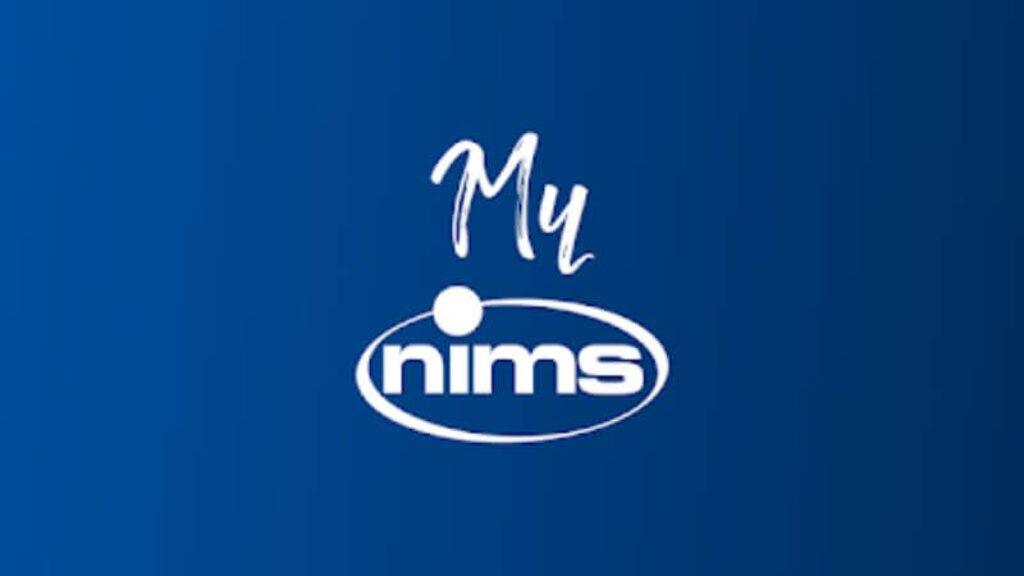
NIMS or National Incident Management System is a fundamental framework for managing and dealing with emergencies, incidents, and disasters in the United States of America.
NIMS provides a proactive and systematic procedure that directs and guides all levels of government, private sector, and non-governmental organizations, agencies, and departments to work smoothly.
This framework also helps them to protect, prevent, recover, respond, and minimize the effects of different types of incidents irrespective of location, size, cause, and complexity to mitigate the harm to property, environment, and even loss of life. Incident objectives that drive incident operations are established by the incident commander or unified command.
This unified system establishes a stable set of protocols, process, and procedure that every emergency responder at every level utilize to manage action responses.
NIMS works collectively with NRF (National Response Framework) which provides the structure and mechanism for managing and responding to all types of disasters. NRF includes all the presidential plans, directives, and programs related to disaster response and agencies’ support efforts. These agencies are not directly connected to disaster response but offer support.
NIMS (National Incident Management System): Overview
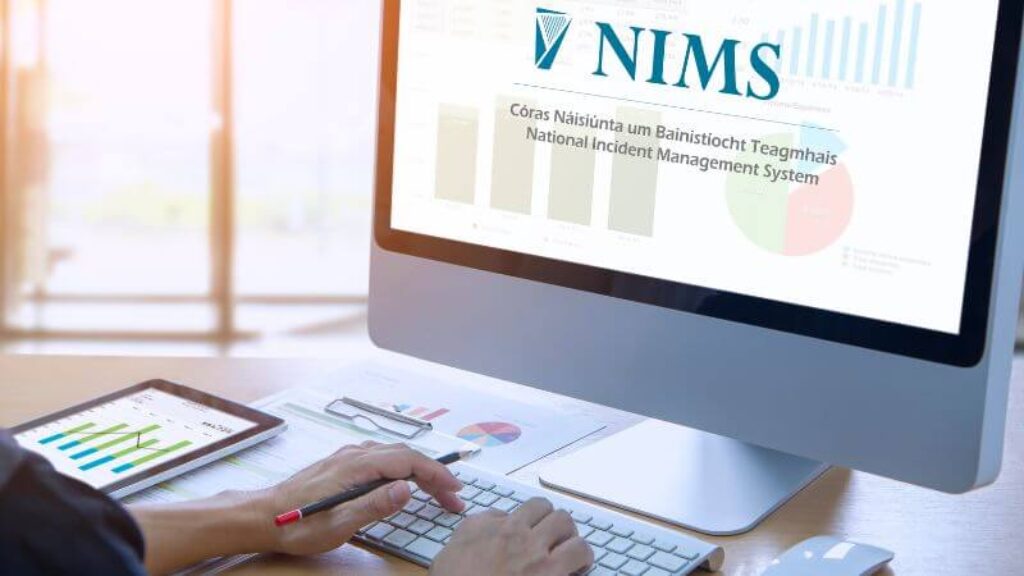
NIMS was developed by the United States Department of Homeland Security. This incident management program system was established in March 2004. This system was revised and updated once in December 2008.
It took 40 years to establish NIMS with the sole purpose of improving interactiveness in incident management. Different agencies at the federal, local, and state levels came together and created FIRESCOPE in 1970. This department is the predecessor of NIMS.
ICS and MCS (Multiagency Coordination System) are part of FIRESCOPE.
The creators of NWCG and FIRESCOPE build NIIMS (National Interagency Incident Management System). Many agencies and communities adopted this operational system guideline but not everyone accepted it.
Keeping the need for clear and quick coordination among emergency handling agencies in mind, the United States Department of Homeland Security (DHS) created the first NIMS document and released it in 2004.
Are NIMS and ICS Similar?
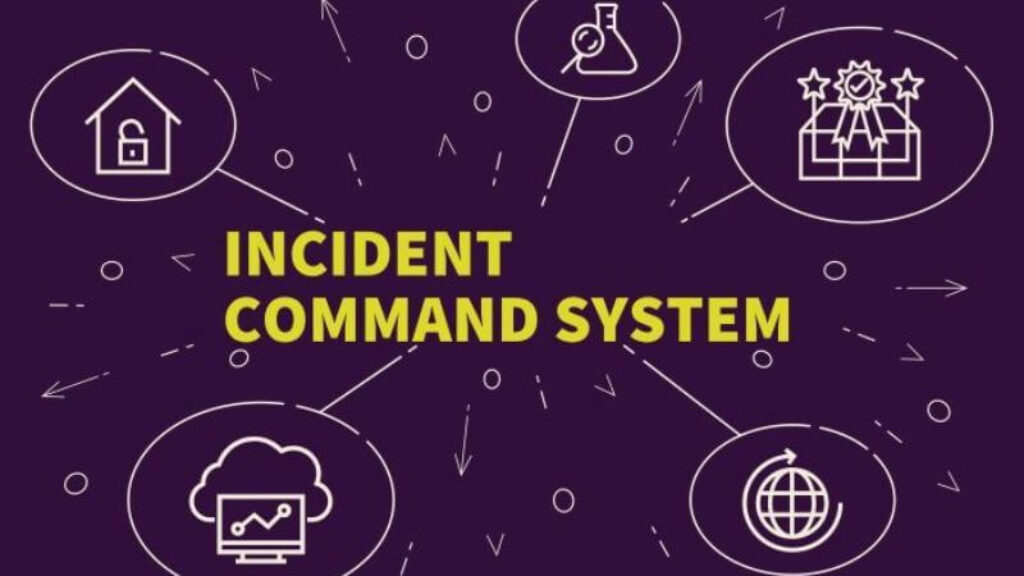
ICS or Incident Command System is a component of NIMS. Many people use ICS and NIMS interchangeably which is not correct. Within the emergency service department, personnel need to complete particular NIMS training levels namely ICS-100, IS-700, and ICS-200. This NIMS training can be taken online through the website of the FEMA independent study program.
NIMS is a federal mandate. Therefore, any locality that is not compliant with NIMS loses its eligibility for any type of federal fund.
ICS should not be confused with NIMS. The components of NIMS include ICS command and management, resource management, communication and information management, supporting technologies, and ongoing management and maintenance.
Here is the list of ICS forms:
- Air Operations Summary
- Demobilization Checklist
- Division Assignment List
- General message
- Incident Status Summary
- Incident Check-In List
- Incident Briefing
- Incident Objectives
- Incident Radio Communication Plan
- Medical Plan
- ICS Chart
- Unit Log
- Radio Requirement Worksheet
- Support Vehicle inventory
- Operational Planning Worksheet
- Organization Assignment List
Why Do We Need NIMS?
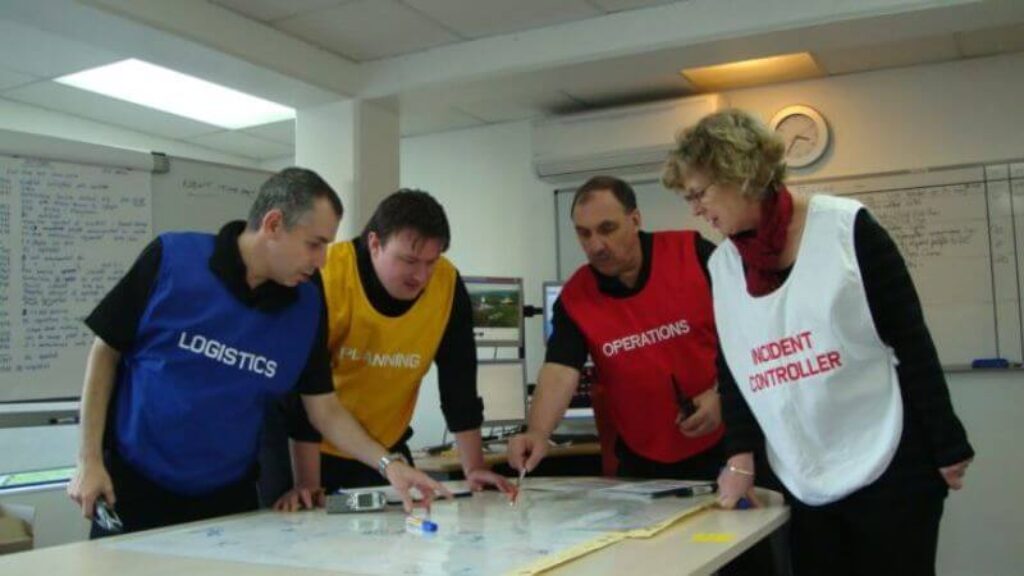
Emergencies occur every minute in the United States of America. These emergencies range from small fires and leakage of hazardous materials to big natural and technological disasters. No matter how big or small the emergency is, each incident needs a response.
This response is provided by different departments, it can be from the same jurisdiction, state or federal agencies, mutual aid patterns, or other emergency responders. These responders need to work collaboratively and communicate with each other seamlessly.
Before NIMS, there was the absence of standards for domestic incidents which used to reach all the levels of emergency response agencies and the government.
The 9/11 incident accentuated the requirement and vitality of national standards for accurate incident communication, incident operations, resource management, personnel qualification, supporting technology, and information management.
One of the core components of NIMS is its management characteristics that provide emergency handling organizations, jurisdictions, and agencies with essential principles for effective management.
So, how many NIMS management characteristics are there? We are going to discuss all the characteristics in detail in the next section.
14 NIMS Management Characteristics: Explained
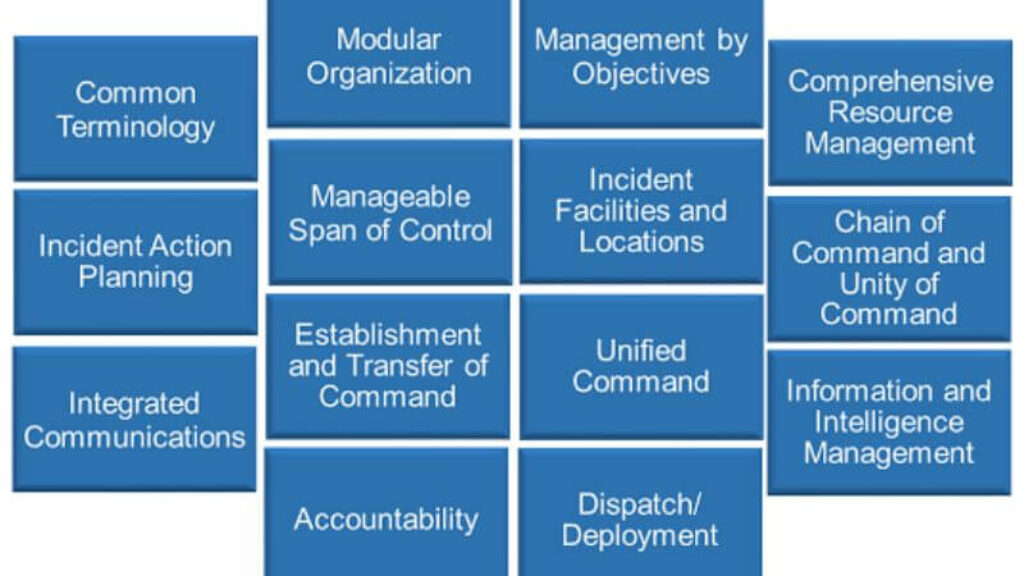
NIMS is an extensive framework that gives a systematized approach to emergency and incident management. One of its main components is its characteristics. The NIMS management characteristics are proven principles that contribute towards the efficiency and strength of ICS.
These characteristics help emergency responders to coordinate and manage various aspects during emergencies or other incidents. These characteristics offer a clear and accurate framework to manage emergency incidents well and ensure that all efforts and operations are in order and aligned with a common purpose i.e. quick response to incidents.
NIMS management characteristics are designed to ensure methodical collaboration, coordination, and decision-making across multiple organizations, agencies, and jurisdictions that are involved in emergency response.
Let us understand all the 14 NIMS management characteristics in detail.
Modular Organization
This management characteristic focuses on the significance of breaking emergency responses into small and manageable parts. This makes sure that each incident is coordinated and managed efficiently.
The selection of incident commanders is done by the supervisor, and the resources are allotted in such a method that their usage is optimized.
Incident Facilities and Control
This NIMS management characteristic highlights the importance of establishing an ICP (Incident Command Post). ICP ensures that all emergency handling departments have a centralized location for coordination and communication during incident response efforts.
This helps all the responding agencies to work collectively and communicate effectively.
Common Terminology
Common terminology is another NIMS characteristic that emphasizes using common terminology and language while communicating with different departments during an emergency or incident response.
This helps prevent confusion and ensures that whoever is involved in incident response is on the same page and understands what is being communicated.
Management Span of Control
This characteristic focuses on maintaining a span of control on all emergency responder teams. This means every supervisor or the operation section chief is responsible for up to 7 subordinates.
Also, the flow of communication moves up and down the chain of command efficiently. This NIMS characteristic makes sure that every supervisor handles their team well.
Incident Action Planning
This is another NIMS management characteristic that focuses on the vitality of outlining a detailed course of action. Major activities of the planning section include strategies, objectives, and techniques for incident management.
Creating a detailed plan of action ensures that every emergency responder understands their responsibilities well and all action is coordinated to accomplish a similar goal.
Comprehensive Resource Management
NIMS recognizes the importance of resource management during an emergency or incident response. Comprehensive resource management characteristics deal with this need. It focuses on the efficient management of resources including supplies, personnel, and equipment during an emergency or incident.
This ensures that each resource is used efficiently and whoever is handling the incident response is required to do their assigned task.
Public Information and Warning
NIMS is aware of the importance of giving effective information to the public during an emergency or incident to avoid a panic situation. This characteristic highlights the vitality of sharing the incident information with the public, related responses, and protective actions that have been or can be taken.
This ensures that timely and accurate information is shared with the public. It also includes sharing of warning messages which can mitigate the incident impact and maintain the safety of the public.
Creation and Transfer of Command
This management characteristic of NIMS highlights the significance of creating a clear and understandable chain of command. This helps personnel to understand and take accountability for duty whenever it is transferred to them.
Integrated Communications
This management characteristic emphasizes the importance of creating effective coordination and communication systems while handling an incident. An effective communication structure enables all emergency responders to coordinate and communicate with each other seamlessly.
This ensures that every personnel is on the same page and knows what is happening during incident response.
Accountability
Accountability management characteristics emphasize establishing clear and straightforward responsibilities for all emergency responders. This ensures that each personnel is accountable for their actions.
This way every involved agency and responder knows what they need to do and they will be held responsible for their doings.
Chain of Command and Unity of Command
Chain of command and unity of command is another NIMS management characteristic that focuses on maintaining a clean flow of responsibility.
This ensures that all emergency responders are answerable to the supervisor or the operation section chief under whom they are working during the incident.
Information and Intelligence Management
This characteristic includes the collection, examination, and circulation of info and intelligence to an emergency or incident response. It makes easy information sharing between different stakeholders. This ensures that decisions are made accurately.
Efficient information and intelligence management foster the right allotment of resources. This also makes sure that constructive incident response strategies are developed.
Dispatch and Deployment
This management characteristic focuses on the importance of effective dispatch and deployment of resources to an emergency or incident response. Deployment and allocation in incident management refer to deploying handlers, equipment, and resources to suitable locations that are impacted.
This makes sure that each resource, equipment, and personnel is utilized to the maximum. This way incidents can be resolved and contained timely.
Constant Management and Maintenance
Through constant management and maintenance characteristic, NIMS highlight the importance of efficient handling and upkeep even when no incident or emergency occurs. This characteristic focuses on the building and execution of policies, plans, and processes that focus on the management of resources, training, and readiness even in the absence of an incident.
We hope you have understood how many NIMS management characteristics are there and how they can be utilized in incident response. Let’s move on to the significance of NIMS management characteristics.
Significance of NIMS Management Characteristics

The following are the significance of NIMS management characteristics.
Unity of Command
NIMS management characteristics consist of clear reporting structures and defined roles and responsibilities. This helps organizations prevent any confusion, simplifies overall communication, and enables purposeful action.
Flexibility
NIMS management characteristics easily adapt to a wider range of incidents. It ensures that the framework remains effective and relevant across all types of emergencies.
Unified Command
NIMS management characteristics promote collaboration. These characteristics allow multiple emergency handling agencies to operate under a common administrative structure together. This ensures synchronization in work and prevents potential duplication.
Integrated Communication
These characteristics include effective, open, and trustworthy communication protocols. This helps organizations and emergency handlers to remain coordinated and informed throughout the incident.
Extensive Resource Management
NIMS management characteristics foster effective allotment and utilization of resources. Using systematic tracking helps organizations in managing and sharing details of the availability of resources.
Accountability
These characteristics include a well-defined and clear process to track resources, decisions, and actions. This ensures that all attributes of incident response are properly documented to easily assess in the future for improvements.
Establishment and Transfer of Command
NIMS management characteristics ensure the smooth establishment and transfer of command. This prevents disorganization and provides seamlessness in the process.
Frequently Asked Questions On NIMS
Which NIMS component includes the incident command system?
The NIMS command and management component includes the incident command system. This also includes public information and multiagency coordination.
Which position is always staffed in ICS applications?
The position of ‘Incident Commander’ is always staffed in ICS applications.
How many NIMS management characteristics are there?
There are 14 NIMS management characteristics which we have thoroughly explained in our blog.
Who has overall responsibility for managing the on-scene incident?
The ‘incident commander’ has the maximum responsibility and accountability for managing any incident.
Where do NIMS management characteristics apply?
NIMS management characteristics apply in agencies, the private sector, tribal, and local government, and non-government organizations that are involved in incident response and emergency management.
Which NIMS management characteristic helps to eliminate confusion caused by conflicting or multiple directives?
Chain of command and unity of command NIMS management characteristics ensure clarity in reporting and eliminate confusion which is caused by conflicting or multiple directives.
How does NIMS work?
NIMS guides all levels of government, tribal, non-government, and private sector organizations to protect, prevent, reduce, respond, and recover from both big and small incidents and emergencies.
Final Words on NIMS Management Characteristics
All these characteristics provide a framework for efficient incident management that enables scalable, coordinated, and adaptable response to disasters, emergencies, and other types of incidents.
We hope that you have understood how many NIMS management characteristics are there now along with their usage and significance in incident response.











